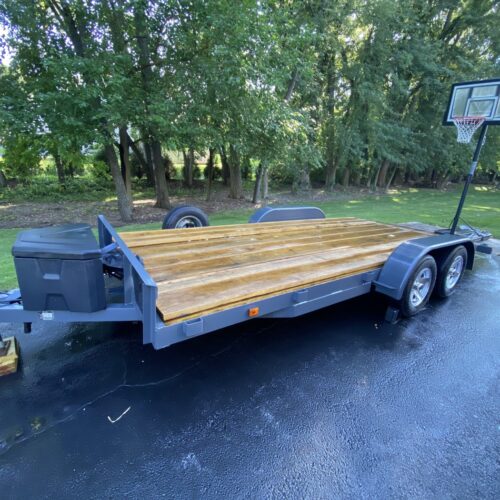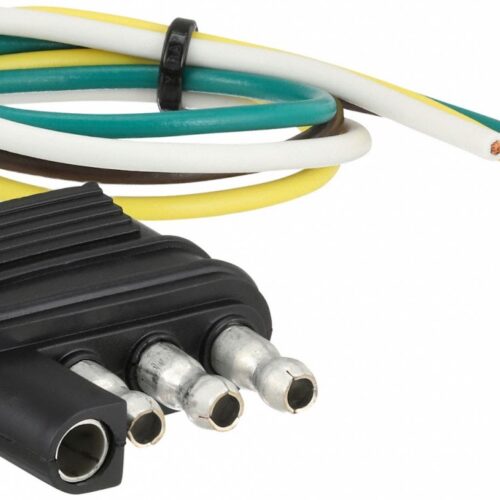When hitting the road with a trailer, safety should always be your top priority. One of the most significant dangers drivers face is trailer sway. Trailer sway, or fishtailing, can lead to catastrophic accidents, making it the #1 reason for catastrophic loss. Understanding and preventing trailer sway through optimizing the weight balance of your trailer can ensure a safer and smoother journey.
What is Trailer Sway?
Trailer sway occurs when a trailer begins to oscillate side to side, often violently. This can happen due to several factors, including high speeds, sudden steering maneuvers, crosswinds, or improper weight distribution. Once a trailer starts to sway, it can quickly become uncontrollable, posing a serious risk to both the driver and other road users.
Why is Weight Balance Important?
Proper weight distribution is crucial to preventing trailer sway. When the weight on your trailer is balanced correctly, it stabilizes the trailer and minimizes the risk of swaying. Here’s why:
- Center of Gravity: A low and centered weight distribution lowers the trailer’s center of gravity, reducing the likelihood of sway.
- Tongue Weight: The tongue weight (the downward force the trailer’s tongue exerts on the hitch) should be about 10-15% of the trailer’s total weight. This helps ensure the trailer follows the tow vehicle smoothly.
- Axle Load: Distributing weight evenly across the axles prevents overloading any single axle, which can destabilize the trailer.
Tips for Optimizing Weight Balance
- Load Placement: Place heavier items toward the front of the trailer, ahead of the axle, but not all the way to the front. Distribute the remaining weight evenly side to side and front to back.
- Check Tongue Weight: Use a tongue weight scale to ensure your tongue weight is within the recommended 10-15% range. If it’s too light, move more weight toward the front. If it’s too heavy, shift weight toward the rear.
- Secure the Load: Ensure all items are securely fastened to prevent shifting while driving. Shifting loads can alter the balance and increase sway risk.
- Use a Weight Distribution Hitch: A weight distribution hitch helps distribute the trailer’s weight across the axles of both the tow vehicle and the trailer, improving stability.
- Regular Inspections: Before every trip, inspect your trailer and load to ensure everything is secure and properly balanced.
Preventing Trailer Sway
Beyond weight balance, consider these additional tips to prevent trailer sway:
- Drive at Safe Speeds: High speeds increase the risk of sway. Stay within recommended speed limits, especially when towing.
- Avoid Sudden Maneuvers: Sudden steering, braking, or acceleration can trigger sway. Drive smoothly and anticipate stops and turns.
- Be Mindful of Weather Conditions: Strong crosswinds can cause sway. If conditions are severe, consider delaying your trip or taking a different route.
- Install Sway Control Devices: Sway control devices, such as friction sway controls or dual cam sway controls, can help manage and reduce sway.
Trailer sway is a serious hazard that can lead to catastrophic loss. By understanding the importance of weight balance and taking proactive steps to optimize it, you can significantly reduce the risk of trailer sway. Remember, a well-balanced trailer is a safe trailer, ensuring you and your cargo reach your destination without incident. Prioritize safety, inspect your setup regularly, and enjoy the peace of mind that comes with a stable, sway-free journey.




